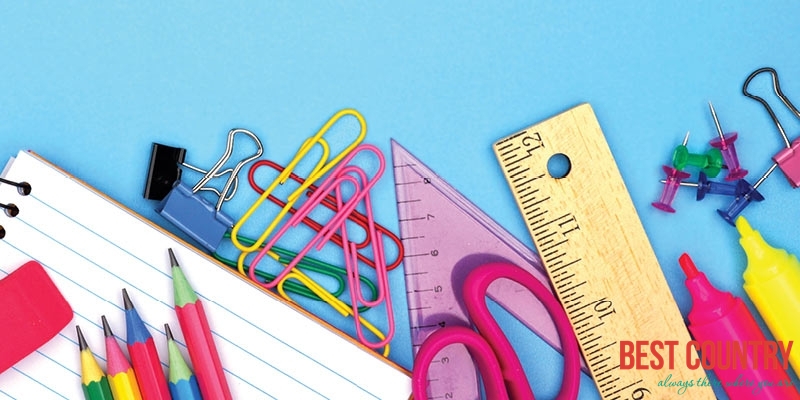Education in Cameroon

In 1997 a total of 1,921,186 pupils were attending 8,514 primary schools, with 39,384 teachers. The pupil-teacher ratio at the primary level was 69 to 1 as of 1999. At the secondary level in 1994–95, 459,068 students were enrolled in general education, with 14,917 teachers.
Children go through six years of primary schooling followed by four years of secondary at the first stage and three years at the second. Projected adult illiteracy rate for the year 2000 stands at 24.6% (males, 18.2%; females, 30.8%).
There are two universities in the capital, in addition to those in Dschang, Nhaoundere, Duala and Buea. At Yaoundé University (founded in 1962) and other equivalent institutions, there were more than 33,000 students and over 1,000 instructors in the mid-1990s.
There are faculties of science, law and economics, and arts at Yaoundé, which maintains four regional campuses. Higher institutions attached to the university include the University Health Sciences Center, the Higher School of Sciences and Techniques of Information, the Institute of International Relations, the Advanced Teachers Training College, and the Polytechnic School. There is also a national school of public administration and an institute of business administration.